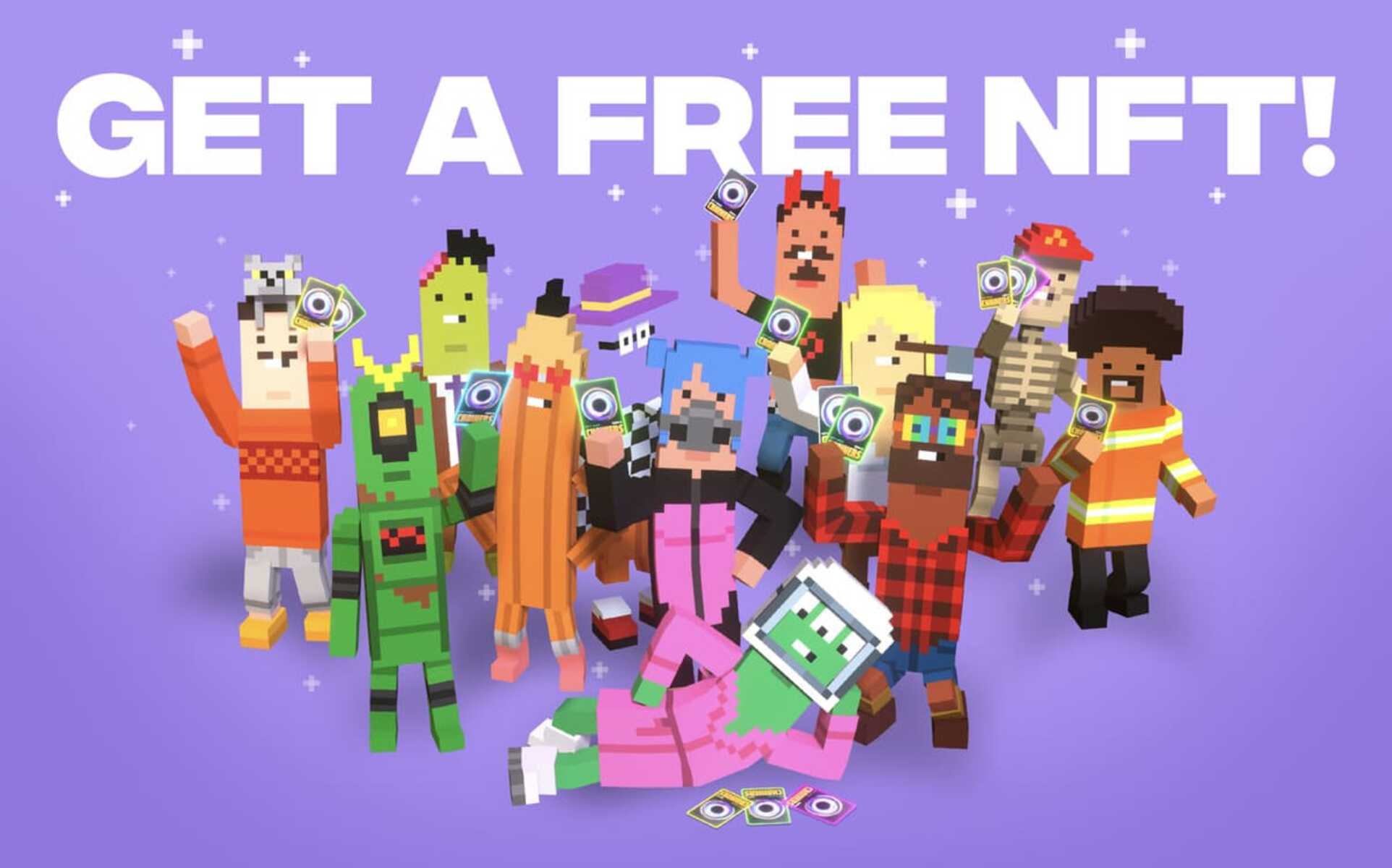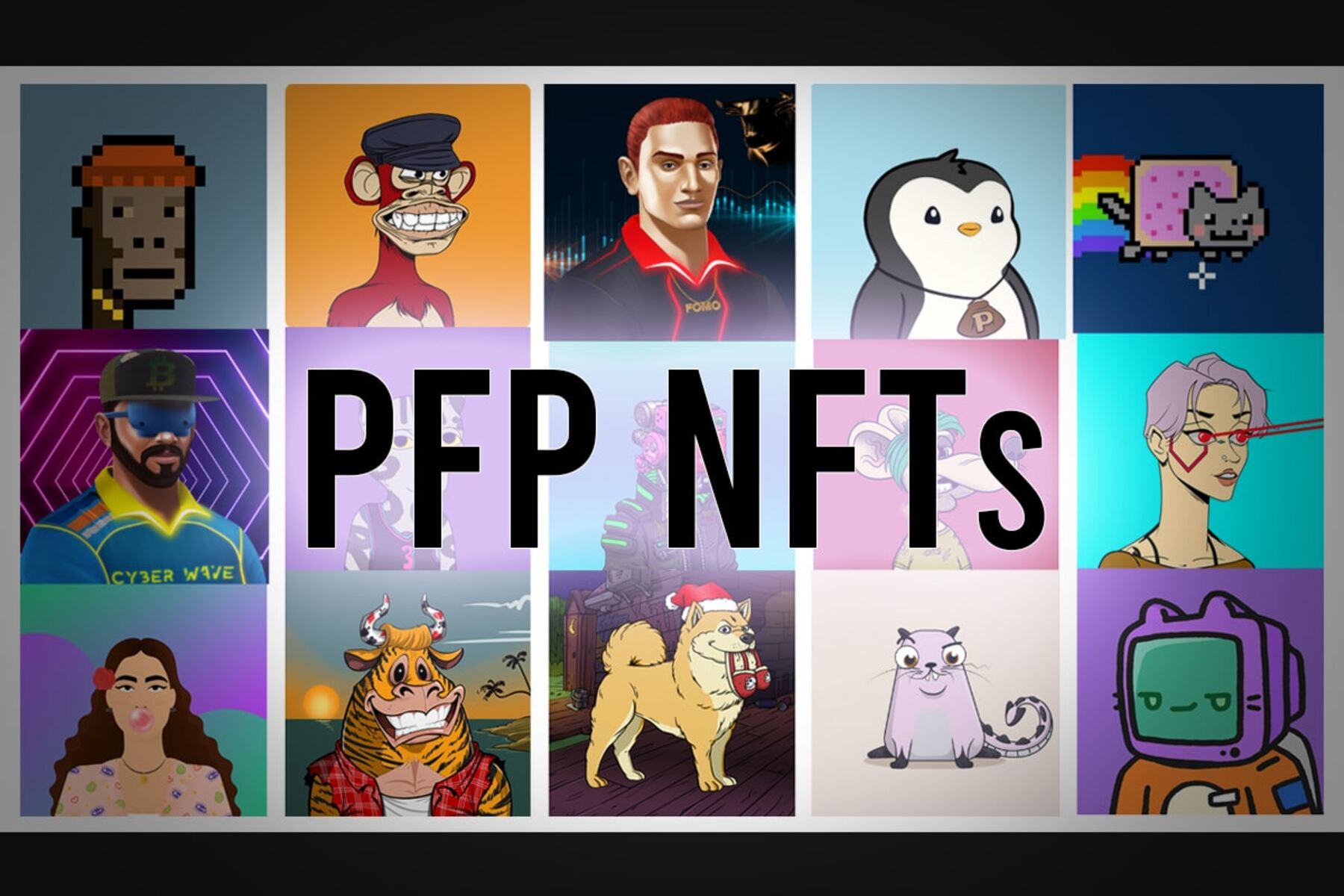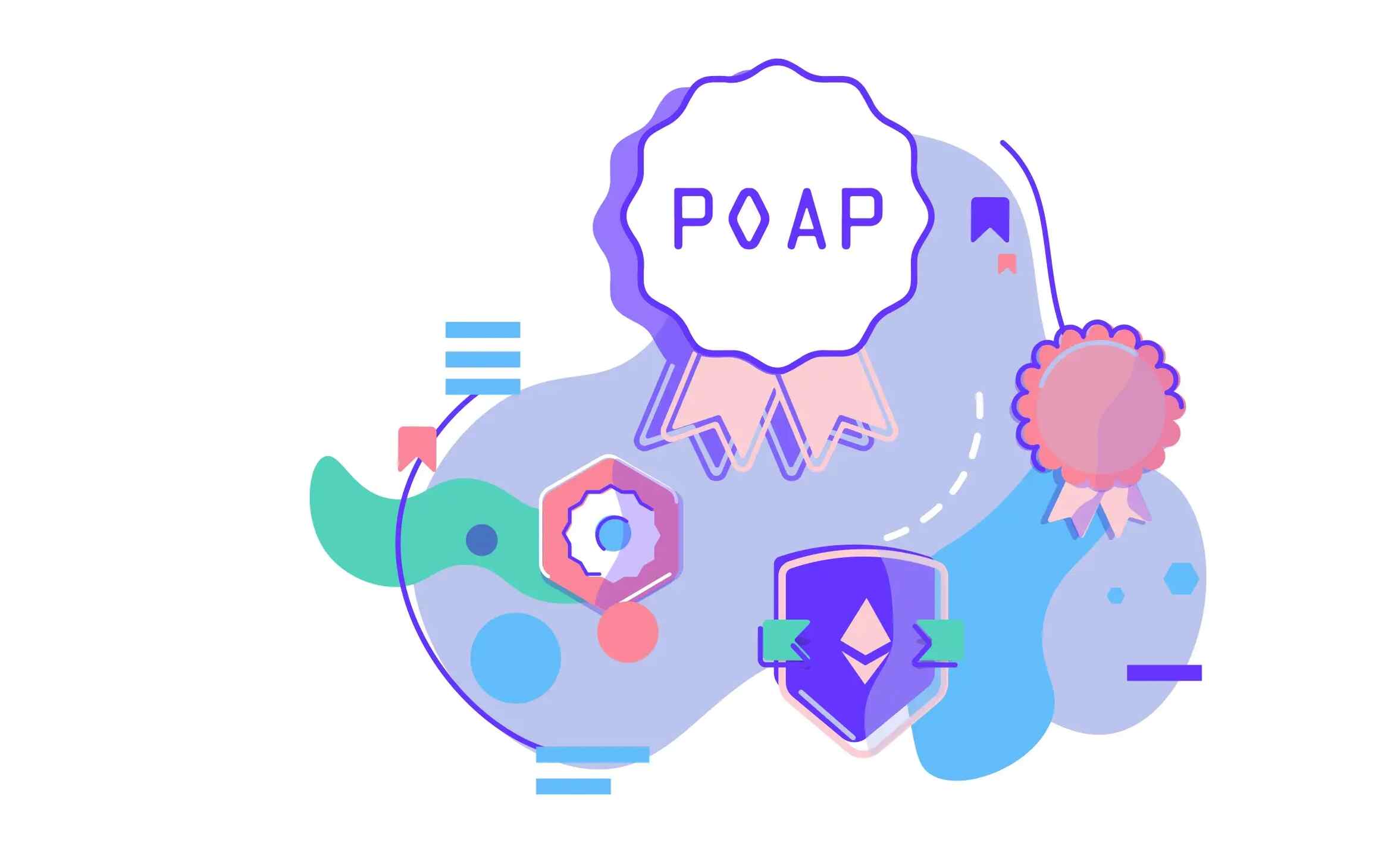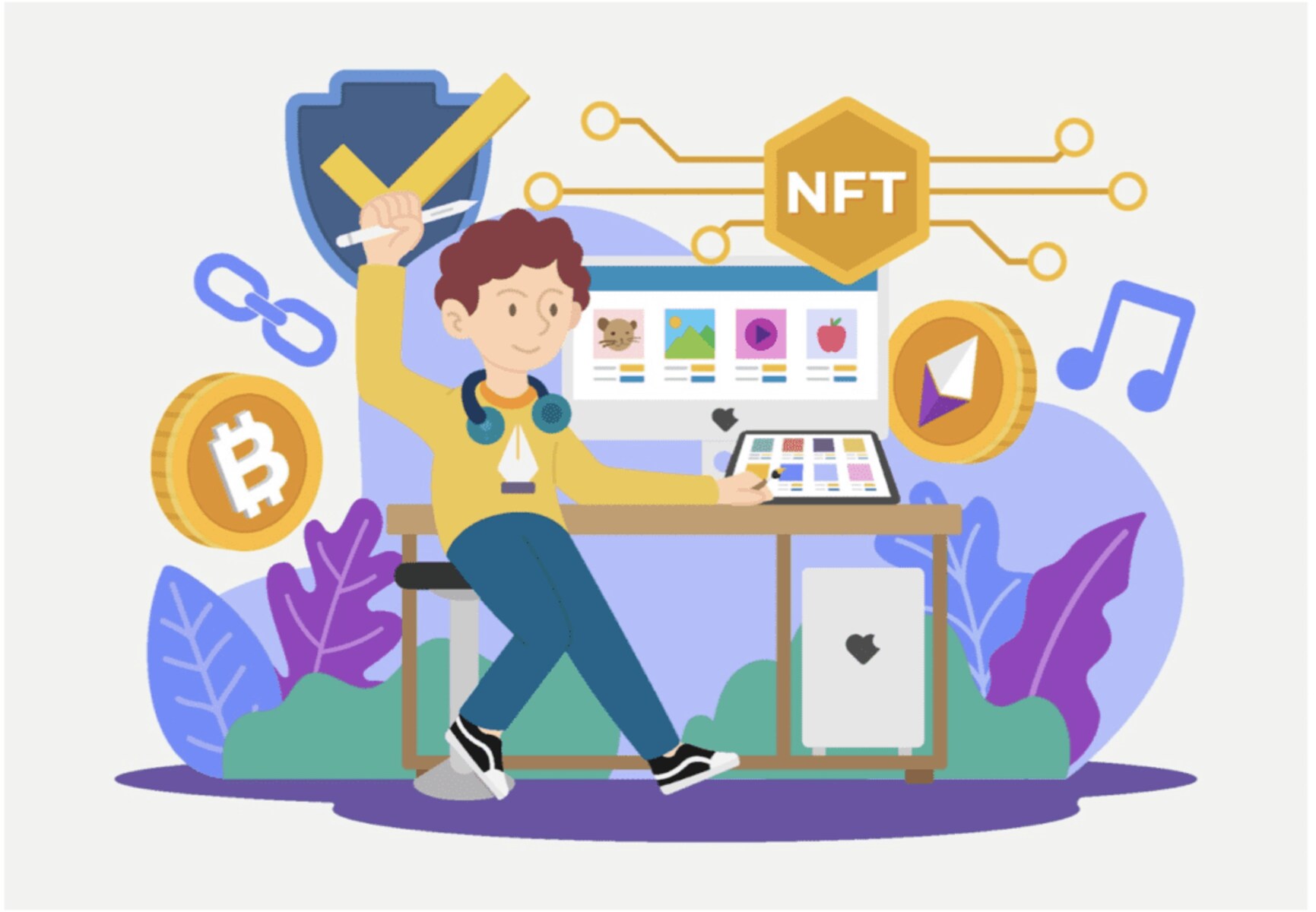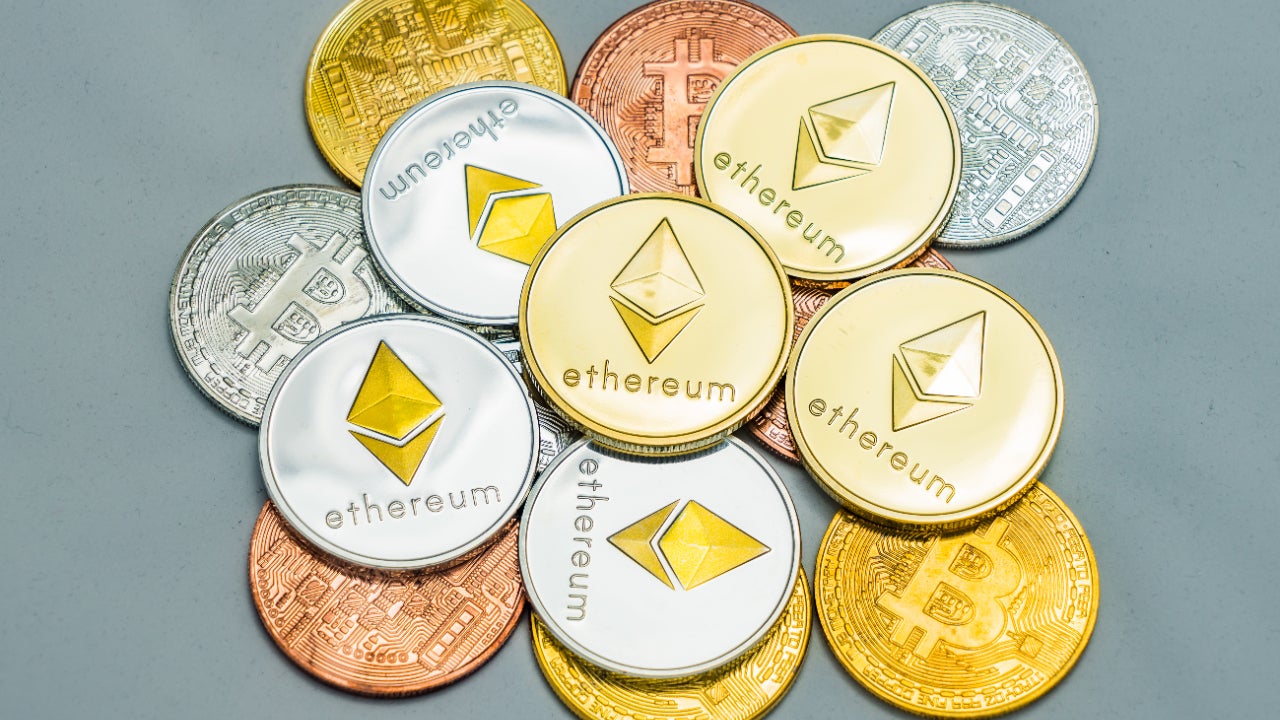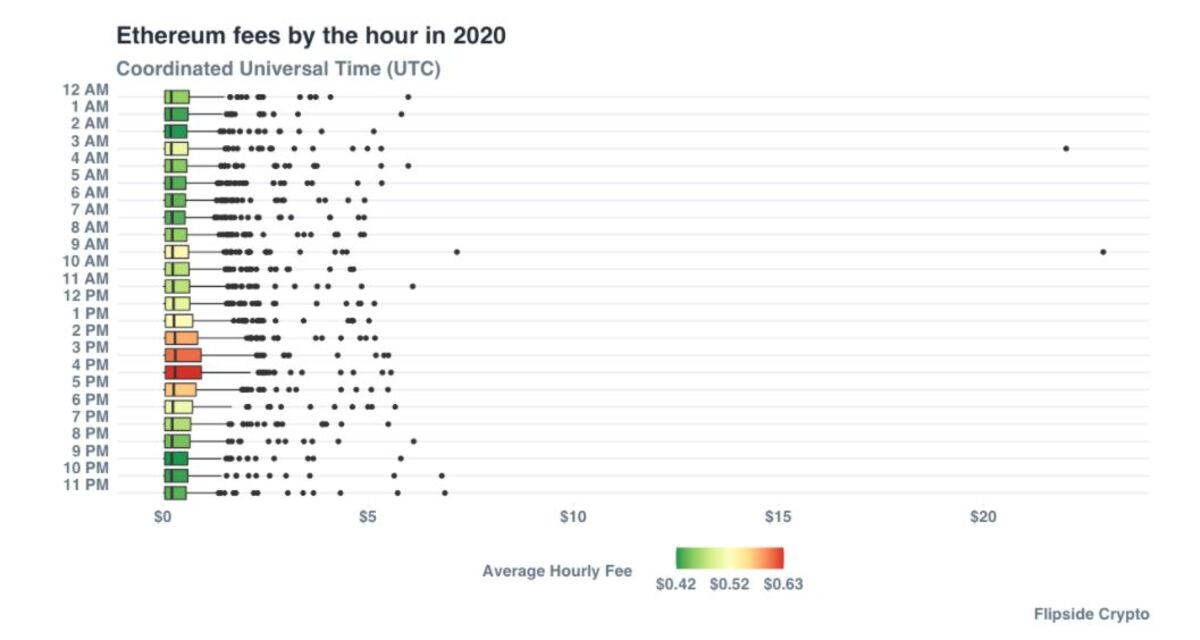Introduction
Welcome to the world of NFTs and airdrops! Over the past few years, NFTs (Non-Fungible Tokens) have exploded in popularity, revolutionizing the way we view and exchange digital assets. Alongside NFTs, another phenomenon called “airdrops” has gained momentum, providing individuals with exciting opportunities to receive free tokens and digital collectibles.
If you’ve been curious about NFTs and airdrops and their role in the digital landscape, you’ve come to the right place. In this article, we will explore the fascinating world of NFT airdrops, their significance, and how they work.
Before diving into the intricacies of NFT airdrops, let’s briefly understand what NFTs are and why they have become such a game-changer.
NFTs are unique digital assets built on blockchain technology, which ensures their authenticity and scarcity. Unlike cryptocurrencies such as Bitcoin or Ethereum, which are fungible and interchangeable, NFTs represent a one-of-a-kind item, be it artwork, music, virtual real estate, or even virtual pets. These digital assets derive their value from their exclusivity and the demand within the market.
As NFTs started gaining traction in the digital art and collectibles space, developers and creators sought ways to engage and reward their communities through airdrops. But what exactly is an airdrop?
An airdrop, in the context of NFTs, refers to the distribution of free tokens or NFTs to a specific group of users. It is often carried out as a promotional or community-building strategy by projects or creators. Airdrops serve multiple purposes, such as rewarding loyal community members, attracting new users, and creating buzz around a particular project or NFT collection.
Now that we have a basic understanding of NFTs and airdrops, let’s delve deeper into the world of NFT airdrops and explore how they work, the benefits they offer, and the potential risks to consider.
What are NFTs?
NFTs, short for Non-Fungible Tokens, have revolutionized the world of digital assets. Unlike cryptocurrencies such as Bitcoin or Ethereum, which are fungible and can be exchanged on a one-to-one basis, NFTs represent unique, indivisible items. They are created using blockchain technology, which ensures their authenticity, provenance, and scarcity.
With NFTs, every digital asset or collectible is one-of-a-kind and can be bought, sold, and owned just like physical assets. These digital assets can range from digital artwork, music, videos, virtual real estate, virtual pets, in-game items, and much more.
One of the key features of NFTs is their verifiable ownership. The blockchain technology used in NFTs allows for a transparent and immutable record of ownership. This means that anyone can easily verify the ownership and authenticity of an NFT, which adds value and trust to the digital asset.
Another important aspect of NFTs is their scarcity. Each NFT is unique and can have a limited supply, making them highly sought after by collectors and enthusiasts. This scarcity, combined with the increasing demand and popularity of NFTs, has led to skyrocketing prices and a booming market.
The market for NFTs has expanded rapidly, attracting artists, creators, celebrities, and brands from various industries. Traditional artists have found a new avenue to showcase and sell their digital artwork, while musicians have explored NFTs as a means of releasing exclusive music and merchandise.
Moreover, NFTs have also gained traction in the gaming industry. They have been employed to tokenize in-game assets, allowing players to buy, sell, and trade virtual items in a secure and decentralized manner. This has opened up new possibilities for gamers and created a thriving NFT gaming ecosystem.
Overall, NFTs have transformed the way we perceive and value digital assets. They provide a means for creators to monetize their work, give collectors a way to own unique digital items, and offer new opportunities for innovation in various industries.
What is an Airdrop?
In the world of cryptocurrencies and blockchain technology, an “airdrop” refers to the distribution of free tokens or digital assets to a specific group of individuals. The term “airdrop” is derived from the concept of dropping or dispersing something from the air, symbolizing the widespread and often spontaneous nature of these distributions.
Airdrops can be carried out by various entities, including blockchain projects, crypto exchanges, and even individual creators. The purpose of an airdrop can vary, but it usually serves promotional or community-building objectives. Airdrops are an effective way to engage with a target audience, reward loyal supporters, attract new users, and create buzz around a particular project or initiative.
The process of an airdrop typically involves allocating a certain number of tokens or NFTs to be distributed among eligible recipients. Eligibility criteria can vary, depending on the entity conducting the airdrop. It could be based on factors such as holding a specific cryptocurrency, being an active participant in a community, or fulfilling certain requirements set by the project or creator.
Once the tokens or NFTs are allocated, they are distributed to the eligible recipients’ wallets. This can be done through various methods, such as direct transfer to a crypto wallet address, airdrop platforms, or even smart contracts on the blockchain. The recipients can then access and manage their airdropped tokens or NFTs as they would with any other digital asset.
Airdrops can come in different forms, including a one-time distribution or recurring drops over a specific period. Some airdrops may have specific conditions attached, such as holding the tokens for a certain period or participating in the project’s ecosystem.
It is important to note that not all airdrops are created equal. The value and significance of an airdrop can vary depending on the project, the tokens or NFTs being distributed, and the conditions of participation. Some airdrops offer highly valuable tokens or exclusive digital collectibles, while others may have lower value or limited availability.
Participating in airdrops can be an exciting way to explore new projects, discover valuable tokens or NFTs, and potentially benefit from their future growth. However, it is essential to exercise caution and do thorough research before engaging in any airdrop, as scams and fraudulent activities can occur in the crypto space.
In the next section, we will dive into the specifics of NFT airdrops and explore how they work within the NFT ecosystem.
NFT Airdrop Explained
Now that we have a basic understanding of NFTs and airdrops, let’s explore how NFT airdrops take place and their significance within the NFT ecosystem.
NFT airdrops involve the distribution of free tokens or NFTs specifically within the realm of non-fungible tokens. These airdrops are often conducted by NFT projects, creators, or marketplaces as a way to reward their community, build interest and engagement, and create a sense of exclusivity.
Unlike traditional airdrops that distribute fungible tokens, such as cryptocurrencies, NFT airdrops are focused on distributing unique and non-interchangeable digital assets. These could be in the form of limited edition NFTs, early access to exclusive collections, or even fractional ownership in high-value NFTs.
The process of conducting an NFT airdrop starts with the project or creator selecting a specific target audience for the distribution. This audience can be determined based on various factors such as existing holders of a particular NFT, active participants within a community, or users who fulfill specific requirements set by the project.
Once the target audience is identified, the project determines the quantity and type of NFTs to be airdropped. This can range from a limited number of high-value collectibles to a larger batch of less exclusive NFTs.
When it comes to the distribution itself, the project or creator may choose to work with a specialized airdrop platform or utilize blockchain smart contracts to automate the process. This ensures secure and transparent delivery of the NFTs to the intended recipients’ wallets.
It’s worth noting that NFT airdrops can also incorporate additional incentives or benefits for participants. For example, recipients of the airdropped NFTs may be granted certain privileges such as future airdrop eligibility, early access to new releases, or exclusive membership in a community or VIP program.
One of the key goals of NFT airdrops is to build a strong and loyal community around a project or creator. By rewarding early supporters and active participants, NFT projects can create a sense of exclusivity and value, driving demand and engagement within the ecosystem.
Moreover, NFT airdrops can generate excitement and buzz around a particular project, attracting new users and increasing awareness. This can lead to increased trading volume, higher demand for future releases, and overall growth of the NFT project.
In the next section, we will explore how NFT airdrops actually work in practice, outlining the step-by-step process and considerations involved.
How Does NFT Airdrop Work?
Curious about how NFT airdrops work in practice? Let’s dive into the step-by-step process and considerations involved in conducting an NFT airdrop.
1. Planning and Preparation: The first step in organizing an NFT airdrop is thorough planning and preparation. The project or creator needs to define the objective of the airdrop, determine the target audience, and establish the quantity and type of NFTs to be distributed.
2. Eligibility Criteria: To ensure that the airdrop reaches the intended community, the project sets eligibility criteria for participants. This could include requirements such as holding a specific NFT, being a member of a particular group or community, or fulfilling specific tasks or engagements within the project’s ecosystem.
3. Wallet Integration: In order to receive the airdropped NFTs, participants must have a compatible wallet. The project may require participants to provide their wallet addresses or integrate their wallets with the airdrop platform or smart contract system being used.
4. Generation and Allocation of NFTs: Once the eligibility criteria are defined and wallets are integrated, the project generates and allocates the NFTs to be airdropped. This involves minting the NFTs on the designated blockchain and configuring them for distribution.
5. Airdrop Distribution: The airdrop distribution phase involves the actual transfer of the NFTs to the eligible participants’ wallets. Depending on the execution method chosen, this can be done through direct transfers, utilizing airdrop platforms, or leveraging blockchain smart contracts to automate the process.
6. Communication and Promotion: It’s crucial for the project to effectively communicate and promote the airdrop to its target audience. This can be done through social media announcements, community updates, newsletters, and other marketing channels. Clear instructions on how to participate and receive the airdropped NFTs should be provided.
7. Post-Airdrop Engagement: After the airdrop is successfully conducted, the project’s focus should shift towards post-airdrop engagement. This involves maintaining communication with the airdrop recipients, fostering community interaction, and exploring ways to further incentivize and engage the participants.
It’s important to note that each NFT airdrop can have unique considerations and variations in the process. Some projects may choose to collaborate with airdrop platforms or conduct airdrops exclusively for a limited number of participants. The key is to design and execute an airdrop strategy that aligns with the project’s goals and engages the target audience effectively.
Now that you have a better understanding of how NFT airdrops work, let’s explore the benefits and considerations associated with participating in or hosting an NFT airdrop.
Benefits of NFT Airdrops
NFT airdrops offer several benefits for both projects/creators and participants. Let’s explore some of the key advantages associated with participating in or hosting an NFT airdrop.
1. Community Building: NFT airdrops are a powerful tool for building and nurturing a strong community around a project or creator. By distributing free tokens or NFTs, projects can attract and reward loyal supporters, fostering a sense of belonging and engagement within the community.
2. User Acquisition: Airdrops can be an effective strategy for attracting new users and expanding the project’s reach. By offering free tokens or NFTs, projects can entice individuals to join and explore their ecosystem, potentially leading to increased adoption and user acquisition.
3. Generating Buzz: A well-executed NFT airdrop can generate significant buzz and publicity for a project. As recipients receive and share their airdropped NFTs, it creates excitement and curiosity among the wider community, potentially leading to increased visibility and exposure.
4. Rewarding Early Adopters: Airdrops provide a means to reward early adopters and loyal supporters of a project. By giving them exclusive access to certain NFTs or special privileges, projects can show appreciation for their early belief and support, encouraging continued engagement and long-term relationships.
5. Token Distribution: Airdrops can serve as a fair and decentralized method for distributing project tokens. Rather than relying solely on initial coin offerings (ICOs) or private sales, projects can distribute tokens directly to individuals who have demonstrated interest or engagement, ensuring wider distribution and decentralization of ownership.
6. Increasing Liquidity: By conducting an NFT airdrop, projects can increase the liquidity of their native tokens or NFTs. Once recipients receive the airdropped assets, they may choose to trade or sell them on secondary marketplaces, thereby adding liquidity and enhancing the overall market dynamics.
7. Community Engagement: Airdrops can incentivize community engagement and participation. By tying airdrops to specific tasks, challenges, or activities within the project’s ecosystem, projects can motivate community members to actively contribute, fostering a vibrant and involved user base.
8. Exposure to New Projects: Participating in NFT airdrops allows individuals to discover and explore new projects and creators within the NFT space. It provides an opportunity to access unique NFTs, discover innovative concepts, and potentially engage with projects that align with their interests.
It’s important to note that while NFT airdrops offer attractive benefits, there are also risks and considerations to keep in mind. We will delve into these aspects in the next section.
Risks and Considerations
While NFT airdrops can be exciting and rewarding, it’s important to be aware of the potential risks and considerations involved. Let’s explore some of the key factors to keep in mind when participating in or hosting an NFT airdrop.
1. Scams and Fraudulent Airdrops: The crypto space is not immune to scams and fraudulent activities, and the world of NFTs is no exception. Be cautious of fake airdrops that aim to steal personal information or funds. Always verify the legitimacy of the airdrop by researching the project, checking official announcements, and using trusted platforms.
2. Network Congestion and Gas Fees: During popular airdrop events, blockchain networks can become congested, leading to slower transaction times and increased gas fees. Be prepared for potential delays and higher transaction costs when claiming or transferring airdropped NFTs.
3. Market Volatility: NFT markets can be highly volatile, with prices fluctuating rapidly. If the airdropped NFTs hold value or can be traded, be aware of the potential risks involved in holding or selling them. Prices may soar or decline significantly, and market liquidity can vary depending on the project and demand.
4. Eligibility and Requirements: Each airdrop may have specific eligibility criteria and requirements to participate. Ensure that you meet all the necessary conditions before attempting to claim or receive the airdropped NFTs. Failure to meet these requirements may result in disqualification, and you could miss out on the airdrop.
5. Project Reputation and Longevity: Before participating in an NFT airdrop, it’s crucial to research the project and evaluate its reputation, vision, and long-term prospects. Consider factors such as the team’s experience, roadmap, community engagement, and overall sustainability. Airdropped NFTs may hold value in the future, so it’s important to select projects with a strong foundation.
6. Storage and Security: Once you receive airdropped NFTs, you are responsible for securely storing them. Ensure that you have a compatible and secure wallet to store your NFTs. Be cautious of phishing attempts or malicious actors targeting your assets. Regularly back up your wallet and use security best practices to protect your digital assets.
7. Regulatory Compliance: The evolving nature of cryptocurrencies and NFTs means that regulations may vary across jurisdictions. Ensure that you are compliant with local laws and regulations when participating in or hosting an NFT airdrop. Seek legal advice if necessary to understand the potential implications and obligations involved.
By being aware of these risks and considerations, you can make informed decisions and minimize potential pitfalls when participating in or hosting NFT airdrops. Stay vigilant, do your due diligence, and enjoy the exciting world of NFTs responsibly.
Examples of NFT Airdrops
Numerous NFT projects and creators have conducted exciting and successful airdrops, offering unique opportunities and rewards to their communities. Let’s explore some notable examples of NFT airdrops that have garnered attention in the digital space.
1. CryptoPunks: CryptoPunks, one of the pioneering projects in the NFT space, conducted an airdrop in 2017, distributing 10,000 algorithmically generated NFT avatars to Ethereum wallet holders for free. This airdrop helped establish CryptoPunks as a sought-after and highly collectible NFT project.
2. Beeple’s $69 Million NFT: In March 2021, the digital artist Beeple made headlines with the sale of his NFT artwork “Everydays: The First 5000 Days” for a staggering $69 million. As a show of gratitude to his supporters, Beeple conducted an airdrop, distributing 100 free NFTs to a lucky group of Genesis token holders.
3. Art Blocks: Art Blocks, an NFT platform specializing in generative art, has employed a unique airdrop strategy. They have conducted surprise “Rug Pull” airdrops, where eligible holders of Art Blocks Curated NFTs receive exclusive “Rug Pull” NFTs as a reward, granting them access to limited-edition collections and benefits.
4. NBA Top Shot: NBA Top Shot, a blockchain-based NFT platform for officially licensed NBA collectibles, has conducted airdrops to reward early adopters and participants. These airdrops have included exclusive packs of NBA moments, allowing collectors to acquire rare and valuable NFT collectibles featuring their favorite basketball stars.
5. VeVe: VeVe is a digital collectibles platform that has partnered with major brands and franchises to offer NFTs to fans. They have conducted airdrops as part of their promotional campaigns, giving users the opportunity to earn free limited-edition NFTs tied to iconic IPs like Batman, Superman, and more.
These examples illustrate the various ways in which NFT projects and creators have utilized airdrops to engage their communities, reward loyal supporters, and create excitement around their digital assets. Each airdrop presents a unique opportunity for participants to acquire valuable and exclusive NFTs, enhancing their digital collectibles portfolio.
It’s worth noting that the landscape of NFT airdrops is constantly evolving, with new projects and initiatives emerging regularly. Keeping an eye on the latest announcements and trends in the NFT space can uncover exciting opportunities to participate in future airdrops.
Now that we’ve explored some examples of NFT airdrops, let’s conclude this article by summarizing the key takeaways and the potential future prospects of NFT airdrops.
Conclusion
NFT airdrops have become an integral part of the NFT ecosystem, offering unique opportunities for projects, creators, and participants alike. These airdrops serve as powerful tools for community building, user acquisition, and rewarding early supporters.
By distributing free tokens or NFTs, projects can attract and engage their audience, creating a sense of exclusivity and value. Participants, in turn, have the chance to acquire valuable and unique digital assets, explore new projects and creators, and potentially benefit from their growth in the future.
While participating in NFT airdrops can be exciting, it is crucial to exercise caution and conduct proper research to avoid scams and fraudulent activities. Additionally, considering factors such as market volatility, eligibility requirements, and storage and security are essential for a positive experience.
The examples provided showcase the diverse range of NFT airdrops that have taken place, highlighting the creativity and innovation within the NFT space. From algorithmically generated avatars to exclusive NBA collectibles, each airdrop presents a unique opportunity for participants to acquire highly sought-after digital assets.
As the NFT industry continues to grow and evolve, it is likely that we will see even more innovative and exciting NFT airdrops in the future. Projects and creators will seize the opportunity to engage their communities, reward supporters, and create buzz around their digital assets.
Whether you’re an NFT enthusiast looking to participate in airdrops or a project planning to conduct one, understanding the benefits, risks, and considerations discussed in this article will help you navigate the world of NFT airdrops successfully.
As the NFT space continues to expand, it will be fascinating to see how NFT airdrops evolve and shape the digital landscape. So, stay tuned, stay curious, and embrace the opportunities that NFT airdrops bring!









